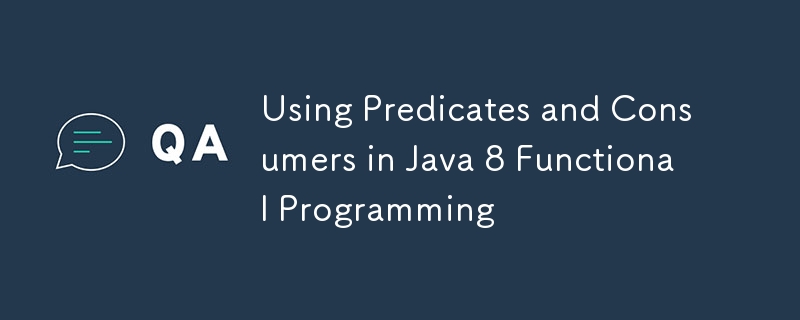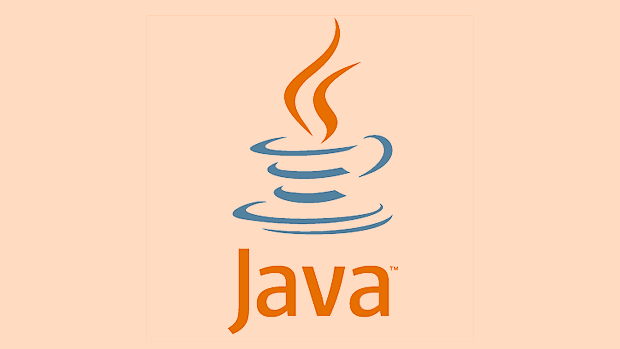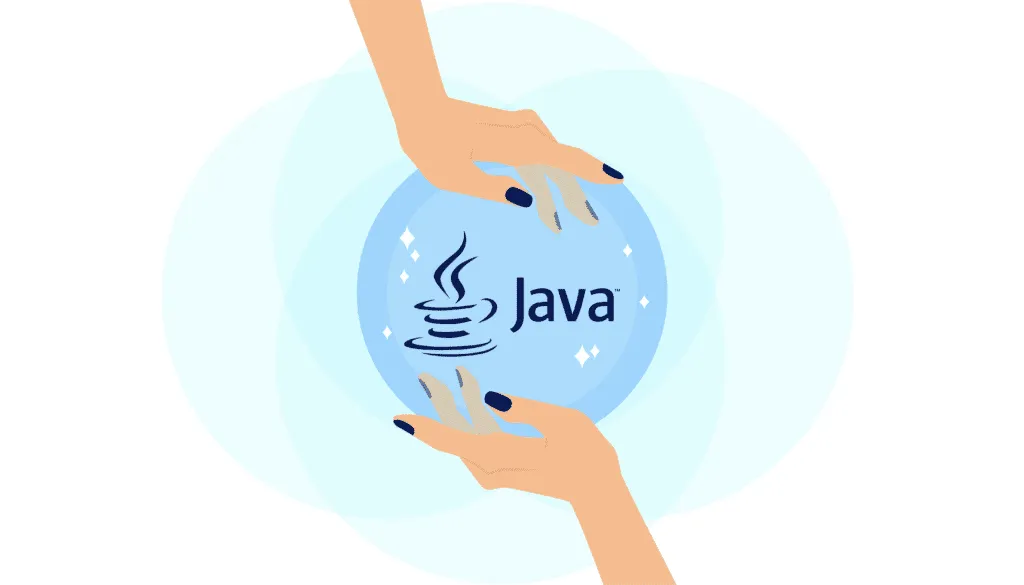Using Predicates and Consumers in Java 8 Functional Programming
Jul 08, 2025 am 02:49 AMIn Java 8, Predicate is used for conditional judgment, accepting parameters and returning boolean values, and is often used to filter data, such as filtering elements that meet the conditions in combination with filter() method; it can encapsulate complex logic and support combination operations of and(), or(), and negate(). Consumer is used to perform operations without return values. It is commonly used when forEach traversing a collection, such as printing or logging; it supports multiple operations in sequence through andThen() chain call order. It should avoid excessive side effects when using it. It is recommended to use references to improve code simplicity and combine it with the Stream API to play a greater role.

Java 8 introduces functional programming features to make the code more concise and easy to read. Among them, Predicate and Consumer are two very practical functional interfaces, which are often used in daily development.

Predicate: used to make conditional judgments
Predicate<t></t> is a functional interface that accepts a single parameter and returns a Boolean value, suitable for conditional judgment. For example, if you want to filter out data that meets the criteria, you can use it.

For example, if you have a list of strings, you want to find all strings with lengths greater than 3:
List<String> words = Arrays.asList("apple", "bat", "car", "dog");
words.stream()
.filter(word -> word.length() > 3)
.forEach(System.out::println); filter() method here receives a Predicate . You can abstract the judgment logic for easy reuse and testing:

Predicate<String> longerThanThree = word -> word.length() > 3; words.stream().filter(longerThanThree).forEach(System.out::println);
Recommended usage:
- Encapsulate complex judgment logic into
Predicateto improve readability. - You can use
and(),or()andnegate()to combine multiple conditions, for example:-
longerThanThree.and(word -> word.startsWith("a")) -
longerThanThree.negate()
-
Consumer: Used to perform operations without returning results
Consumer<T> interface is used to perform certain operations on incoming objects, but does not return results. The most common is to process each element in forEach .
For example, print each element in the list:
List<String> names = Arrays.asList("Alice", "Bob", "Charlie");
names.forEach(name -> System.out.println("Name: " name)); Here is a Consumer passed to forEach . You can also define it yourself:
Consumer<String> printWithPrefix = name -> System.out.println("Name: " name);
names.forEach(printWithPrefix);Use scenarios:
- Do some side effects when traversing the collection (such as printing, logging, modifying object status, etc.).
- You can chain call
andThen()to perform multiple operations sequentially:
Consumer<String> logToConsole = System.out::println; Consumer<String> logToFile = name -> writeToFile(name); // Assume that this is a method to write files Consumer<String> combinedLogger = logToConsole.andThen(logToFile);
In this way, each call to combinedLogger.accept(name) will print and write the file at the same time.
Tips and precautions for use
Avoid too many side effects
WhileConsumerallows side effects, do not abuse it. Especially in parallel flows, side effects can lead to unpredictable problems.Multi-purpose method citation simplified code
For example,System.out::printlnis more concise and clearer thanx -> System.out.println(x).Combined with Stream API, it works better
PredicateandConsumercan play the most role when used withStream, such as filtering, traversing, converting data, etc.
Basically that's it. After understanding these two interfaces, you will find that Java's functional style is actually quite intuitive and can make the code cleaner.
The above is the detailed content of Using Predicates and Consumers in Java 8 Functional Programming. For more information, please follow other related articles on the PHP Chinese website!

Hot AI Tools

Undress AI Tool
Undress images for free

Undresser.AI Undress
AI-powered app for creating realistic nude photos

AI Clothes Remover
Online AI tool for removing clothes from photos.

Clothoff.io
AI clothes remover

Video Face Swap
Swap faces in any video effortlessly with our completely free AI face swap tool!

Hot Article

Hot Tools

Notepad++7.3.1
Easy-to-use and free code editor

SublimeText3 Chinese version
Chinese version, very easy to use

Zend Studio 13.0.1
Powerful PHP integrated development environment

Dreamweaver CS6
Visual web development tools

SublimeText3 Mac version
God-level code editing software (SublimeText3)

Hot Topics
 Difference between HashMap and Hashtable?
Jun 24, 2025 pm 09:41 PM
Difference between HashMap and Hashtable?
Jun 24, 2025 pm 09:41 PM
The difference between HashMap and Hashtable is mainly reflected in thread safety, null value support and performance. 1. In terms of thread safety, Hashtable is thread-safe, and its methods are mostly synchronous methods, while HashMap does not perform synchronization processing, which is not thread-safe; 2. In terms of null value support, HashMap allows one null key and multiple null values, while Hashtable does not allow null keys or values, otherwise a NullPointerException will be thrown; 3. In terms of performance, HashMap is more efficient because there is no synchronization mechanism, and Hashtable has a low locking performance for each operation. It is recommended to use ConcurrentHashMap instead.
 What are static methods in interfaces?
Jun 24, 2025 pm 10:57 PM
What are static methods in interfaces?
Jun 24, 2025 pm 10:57 PM
StaticmethodsininterfaceswereintroducedinJava8toallowutilityfunctionswithintheinterfaceitself.BeforeJava8,suchfunctionsrequiredseparatehelperclasses,leadingtodisorganizedcode.Now,staticmethodsprovidethreekeybenefits:1)theyenableutilitymethodsdirectly
 How does JIT compiler optimize code?
Jun 24, 2025 pm 10:45 PM
How does JIT compiler optimize code?
Jun 24, 2025 pm 10:45 PM
The JIT compiler optimizes code through four methods: method inline, hot spot detection and compilation, type speculation and devirtualization, and redundant operation elimination. 1. Method inline reduces call overhead and inserts frequently called small methods directly into the call; 2. Hot spot detection and high-frequency code execution and centrally optimize it to save resources; 3. Type speculation collects runtime type information to achieve devirtualization calls, improving efficiency; 4. Redundant operations eliminate useless calculations and inspections based on operational data deletion, enhancing performance.
 What is an instance initializer block?
Jun 25, 2025 pm 12:21 PM
What is an instance initializer block?
Jun 25, 2025 pm 12:21 PM
Instance initialization blocks are used in Java to run initialization logic when creating objects, which are executed before the constructor. It is suitable for scenarios where multiple constructors share initialization code, complex field initialization, or anonymous class initialization scenarios. Unlike static initialization blocks, it is executed every time it is instantiated, while static initialization blocks only run once when the class is loaded.
 What is the Factory pattern?
Jun 24, 2025 pm 11:29 PM
What is the Factory pattern?
Jun 24, 2025 pm 11:29 PM
Factory mode is used to encapsulate object creation logic, making the code more flexible, easy to maintain, and loosely coupled. The core answer is: by centrally managing object creation logic, hiding implementation details, and supporting the creation of multiple related objects. The specific description is as follows: the factory mode handes object creation to a special factory class or method for processing, avoiding the use of newClass() directly; it is suitable for scenarios where multiple types of related objects are created, creation logic may change, and implementation details need to be hidden; for example, in the payment processor, Stripe, PayPal and other instances are created through factories; its implementation includes the object returned by the factory class based on input parameters, and all objects realize a common interface; common variants include simple factories, factory methods and abstract factories, which are suitable for different complexities.
 What is the `final` keyword for variables?
Jun 24, 2025 pm 07:29 PM
What is the `final` keyword for variables?
Jun 24, 2025 pm 07:29 PM
InJava,thefinalkeywordpreventsavariable’svaluefrombeingchangedafterassignment,butitsbehaviordiffersforprimitivesandobjectreferences.Forprimitivevariables,finalmakesthevalueconstant,asinfinalintMAX_SPEED=100;wherereassignmentcausesanerror.Forobjectref
 What is type casting?
Jun 24, 2025 pm 11:09 PM
What is type casting?
Jun 24, 2025 pm 11:09 PM
There are two types of conversion: implicit and explicit. 1. Implicit conversion occurs automatically, such as converting int to double; 2. Explicit conversion requires manual operation, such as using (int)myDouble. A case where type conversion is required includes processing user input, mathematical operations, or passing different types of values ??between functions. Issues that need to be noted are: turning floating-point numbers into integers will truncate the fractional part, turning large types into small types may lead to data loss, and some languages ??do not allow direct conversion of specific types. A proper understanding of language conversion rules helps avoid errors.
 Why do we need wrapper classes?
Jun 28, 2025 am 01:01 AM
Why do we need wrapper classes?
Jun 28, 2025 am 01:01 AM
Java uses wrapper classes because basic data types cannot directly participate in object-oriented operations, and object forms are often required in actual needs; 1. Collection classes can only store objects, such as Lists use automatic boxing to store numerical values; 2. Generics do not support basic types, and packaging classes must be used as type parameters; 3. Packaging classes can represent null values ??to distinguish unset or missing data; 4. Packaging classes provide practical methods such as string conversion to facilitate data parsing and processing, so in scenarios where these characteristics are needed, packaging classes are indispensable.






